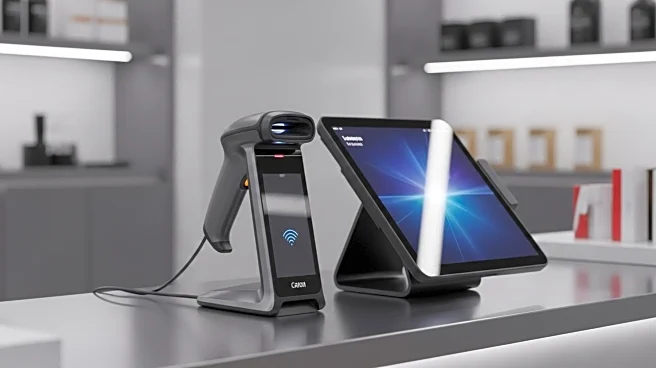What's Happening?
Kohl's has reported progress in its turnaround efforts, with second-quarter margin gains, expense reductions, and merchandise improvements. The company lifted its profit forecast for 2025, although sales continue to decline. Net income rose to $153 million, up from $66 million in the previous year, while adjusted net income slipped slightly. Net sales decreased by 5.1% to $3.35 billion, with comparable sales down 4.2%. Despite these challenges, Kohl's has managed to expand its gross margin and reduce SG&A expenses. The company has also completed the rollout of Sephora to all stores, aiming to represent a $2 billion beauty business.
Why It's Important?
Kohl's turnaround efforts are significant as they reflect the company's strategic priorities in a challenging retail environment. By focusing on proprietary brands and improving inventory management, Kohl's aims to enhance its value proposition to customers. The company's ability to lift its profit forecast despite declining sales indicates progress in its initiatives. However, Kohl's faces pressure from lower- to middle-income customers who prioritize value, necessitating continued efforts to deliver greater value through proprietary brands and coupon offers.
What's Next?
Kohl's plans to continue enhancing its assortment and delivering a frictionless shopping experience across its omnichannel platform. The company aims to reestablish itself as a leader in value and quality, focusing on bestselling categories. Kohl's strategic priorities include offering a curated assortment, simplifying value messaging, and expanding coupon offers. As the company navigates economic challenges, it remains focused on returning to growth and improving customer service.
Beyond the Headlines
Kohl's turnaround strategy highlights the importance of adapting to consumer preferences and economic pressures. By investing in proprietary brands and expanding partnerships like Sephora, Kohl's aims to differentiate itself in the competitive retail landscape. The company's focus on delivering value to lower- to middle-income customers underscores the need for retailers to address diverse consumer needs and preferences.













